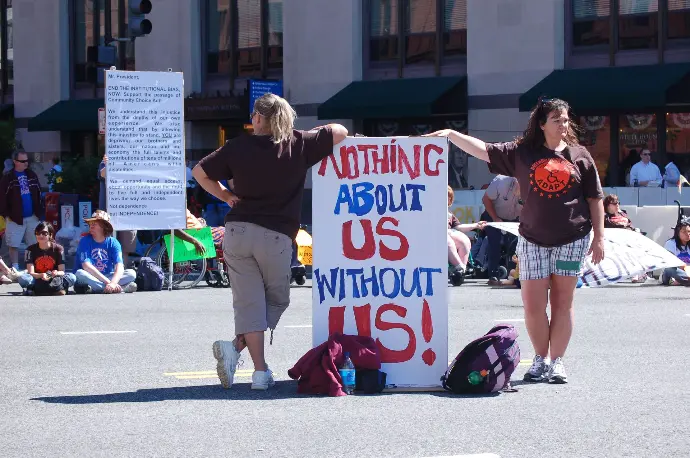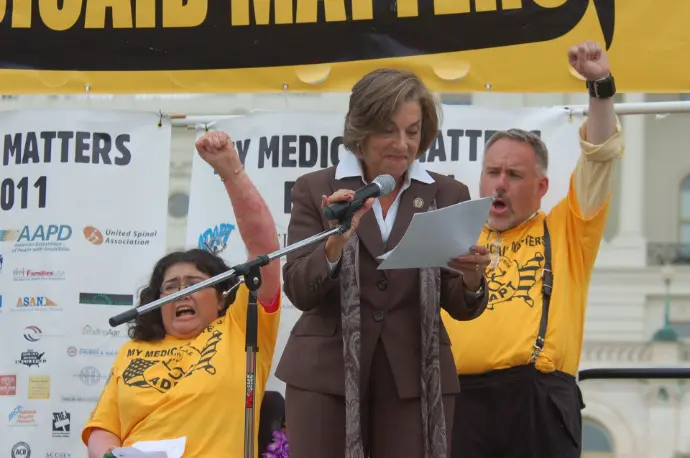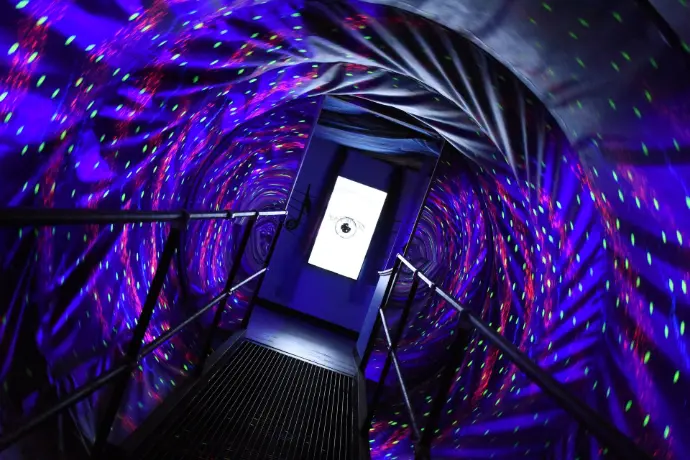News
STIC’s New Food Pantry
Who Can Access: Individuals and families served by STIC who are working with a staff member. Pantry access is available up to two times per month.
Our food pantry is in an accessible area at our Main Office in Binghamton and is appointment only. Hours are Monday-Thursday, 8:30a-4:30p, and Friday, 8:30a-3p.
Donations: Your support helps us keep our pantry stocked and available for those who need it most. Every donation makes a difference. Donate Here! (Include “STIC Food Pantry” in the notes section of your PayPal payment.)
Festival of Lights!
Be dazzled by a beloved holiday tradition - The Broome County Festival of Lights! Experience the magic of this event while supporting people with disabilities.
Ticket Info: 40% of proceeds benefit STIC!
$25 Single Pass
$60 Unlimited Season Pass
Stop by STIC's main office to purchase your tickets in person or buy them ahead of time online:👉Purchase Here
Include “Festival of Lights Tickets” in the notes section of your PayPal payment. Tickets can be picked up at our front desk.
New Program Spotlight!
If you are enrolled in Medicaid and you or your family are looking for support with food, transportation, or housing, there may be help
available to you. Medicaid members can reach out to STIC's Social Care Network to discuss their needs. For those who may benefit from additional supports, you may work with someone to get connected to the services that are right for you, depending on health status and need. Click HERE to learn more!
STIC Merch Store Now Open!
Please share with family and friends.
Click HERE to see what is available!
-
Events
Dec. 17
Community Meal 5-7pm - Free community meal open to the public at STIC's Main Office. Entrance on Grant St.
Register Here:
Nov. 20th - Jan. 9th
Check out STIC's tree at Roberson's Home for the Holidays Event!
December 12th
Closing at 11:30am for STIC Employee Event
Dec. 24th - Jan. 2nd
Closed for the Holiday Break
January 19th
Closed for Martin Luther King Jr. Day
January 23rd
Read More STIC News View All Calendar Events

STIC News
Our Live blog and AccessAbility Newsletter are vital tools for sharing real-time updates, stories, and resources that matter to the disability community. It allows us to highlight important events, celebrate achievements, and respond quickly to emerging issues.

Advocacy
STIC’s mission is to shape a world in which people with disabilities are empowered to live fully integrated lives in their communities. Conquer challenges, build connections, create with allies and more. Get involved in a growing network of advocates and allies.

Xscapes
Welcome to Xscapes at STIC, an interactive adventure with a purpose! Choose from our selection of 5 escape rooms, each offering a unique experience. Whether you’re planning a birthday party, seeking recreational fun or organizing a team-building event, Xscapes at STIC has something for everyone.